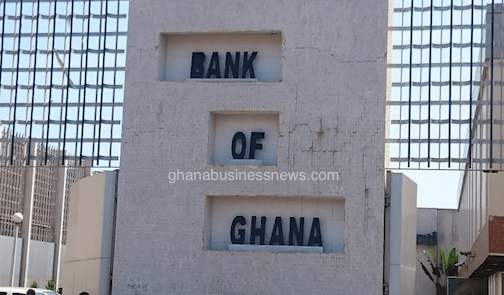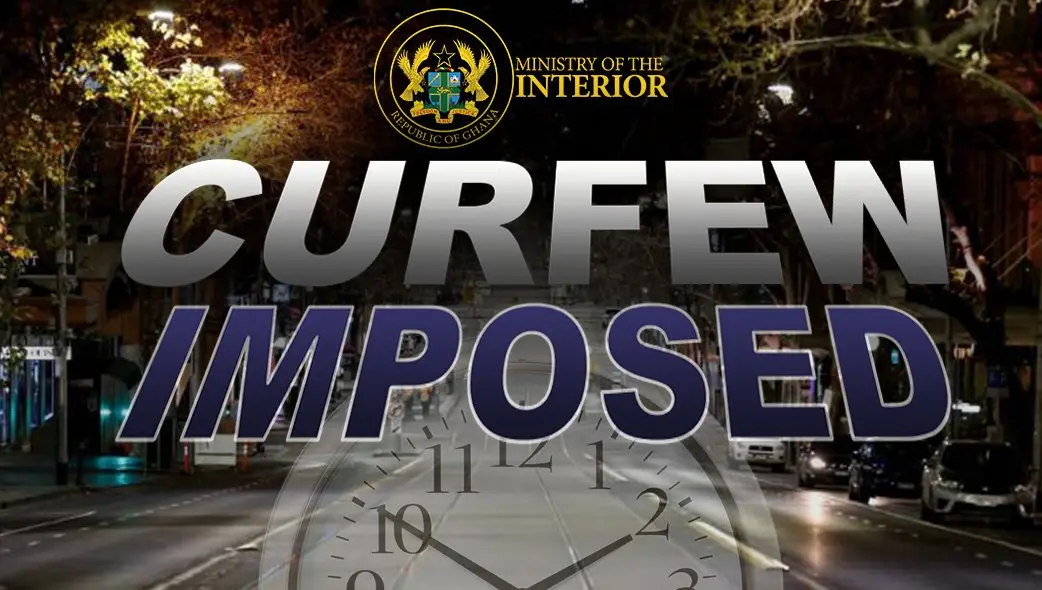


The Monetary Policy Committee (MPC) of the Bank of Ghana, has reduced the policy rate by 350 basis points to 18.0 per cent.
In addition to the policy rate reduction, the Bank will return to the use of the 14-day bill as its main instrument for conducting Open Market Operations.
The decision to reduce the policy rate was due to improvement in the country’s overall macroeconomic conditions.
Dr Johnson Asiama, the Governor of the Bank of Ghana, announced this in Accra at the 127th MPC press conference.
He said the Committee would continue to monitor developments and take the appropriate policy decisions to ensure sound and stable macroeconomic conditions.
The MPC evaluated recent economic developments and assessed risks to the outlook for inflation and growth.
“Given the anticipated significant decline in inflation by the end of the year, the tight monetary policy stance, the significant build-up of reserves which is providing anchor for exchange rate stability, the Bank projects a continued stable inflation profile around the target and well into the first half of 2026.”
“This is against the backdrop that current risks in the outlook to shift the path of inflation away from target have moderated significantly.
“Hence, the prevailing high real interest rates provides some scope to ease policy to further boost the growth recovery efforts,” he stated.
He said notwithstanding the steady growth conditions, the outlook remained fragile amid a still volatile trade environment and ongoing geopolitical tensions.
Dr Asiama said gobal headline inflation had eased further on the back of lower energy and food prices, and that the pace of ease in inflation remained uneven, especially for countries adversely impacted by the volatile trade environment.
On the domestic front, growth continued to be strong with Gross Domestic Product outturn of 6.3 per cent in the first half of the year.
He said the Monthly Indicator of Economic Growth released by the Ghana Statistical Service, pointed to a provisional growth of 5.1 per cent in August 2025 compared with 4.9 percent in same month of last year, driven by the services and agriculture sectors.
Dr Asiama said headline inflation had eased from 23.5 per cent in January 2025 to the Bank’s central target of 8.0 percent in October.
The decline was broad based as both food and non-food inflation are currently in single digits, the first since July 2021.
The sustained disinflation, he stressed had been driven by the continued maintenance of a tight monetary policy stance, sustained fiscal consolidation efforts, a stable currency, and relative improvement in food supply.
He said the latest confidence surveys, conducted in October 2025, reflected continued optimism on current and future economic conditions.
He said the Bank’s latest near-term forecasts showed that inflation would continue to decline and settle between 6-8 per cent by the end of the year.
Dr Asiama said interest rates have generally declined in line with the reduction in the Monetary Policy Rate.
“The interbank weighted average rate declined to 21.0 per cent in October 2025, from 27.7 percent in the same month of 2024. The interest equivalent of the 91day benchmark rate eased to 10.6 percent in October 2025, from 25.8 percent in October 2024.
“Also, average bank lending rate declined to 22.2 percent compared with 30.5 percent in the same comparative period,” he said.
The figures he explained triggered a gradual recovery in private sector credit growth.
“From 7.1 percent contraction in May 2025, private sector credit growth, in real terms, has improved to 5.4 percent in October 2025.”
He said the budget performance over the first nine months was marked by strong fiscal consolidation.
The Governor said revenue and grants fell below the target by 4.7 per cent, while expenditure was below the target by 15 percent.
He said the external sector conditions remain favourable.
“The current account improved significantly in the first nine months of 2025 to a surplus of $3.8 billion compared to $553.6 million for the same period in 2024.
“The trade surplus increased to $7.5 billion on the back of a surge in gold and cocoa export earnings,” he said.
Source: GNA
The post Bank of Ghana cuts policy rate to 18.0% appeared first on Ghana Business News.
Read Full Story





















Facebook
Twitter
Pinterest
Instagram
Google+
YouTube
LinkedIn
RSS